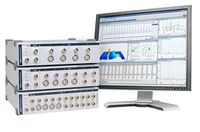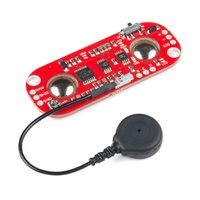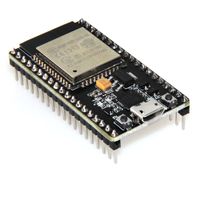EMG for controlling a Robotrainer
The Robotrainer Light has been used to rehabilitate several patients with great success, especially the "weightless" feature that allows impaired patients to lift their own limbs again. But one problem is those heavily impaired patients who can only use their muscles with a few grams of force. The Robotrainer isn't precise enough to measure and correct for these small forces.
A solution could be to use EMG for controlling the robot:
By placing EMG electrodes on the body, a signal could be used to tell the robot to move, essentially using the robot as a hoist/exoskeleton. Whether EMG sensors can detect these small signals is unknown to us, so finding this out would of course be the first priority, either by litterature study or simple experiments on an impaired patient.
Biosensor equipment from AD Instruments
The Medico laboratory next door has kindly lent us their expensive biosensor equipment. We have linked this to our ROS framework and it is available for usage in projects. For measuring EMG, this is highly reliable and accurate but also unpractical to use, since it is not wireless.
Wireless low-cost EMG device
An alternative to the expense equipment is the MyoWare sensor [1] from SparkFun. It is a low-cost solution that can be easily hooked up to a microcontroller such as an arduino.
We have hooked this up to a ESP32 board, which is essentially just an Arduino with WiFi. Using "Rosserial", the ESP32 can then directly publish the EMG data on the ROS network, for other robots to use or for data collection. Put a battery on this device and you have a wireless, practical EMG sensor.


